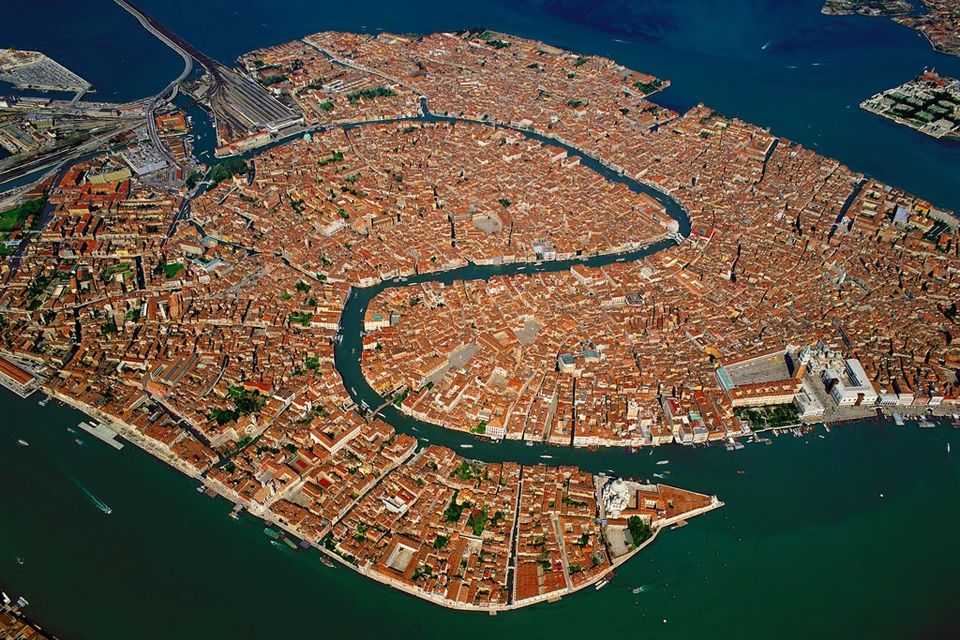

Curated experiences in Venezia

Campo Santa Margherita is a city square in the sestiere of Dorsoduro of Venice, Italy. It is located near university …

The Venetian Arsenal (Italian: Arsenale di Venezia) is a complex of former shipyards and armories clustered together in the city …

The Venice Giardini or Giardini della Biennale is an area of parkland in the historic city of Venice which hosts …

The Scuola Grande di San Rocco is a building in Venice, northern Italy. It is noted for its collection of …

Santa Maria della Salute (English: Saint Mary of Health; Venetian: Bazéłega de Santa Maria de ła Sałute), commonly known simply …

The Ca' d'Oro, or Palazzo Santa Sofia, is a palace on the Grand Canal in Venice, northern Italy. Ca' d'Oro …

Ca' Rezzonico (Italian pronunciation: [ˈka (r)retˈtsɔːniko]) is a palazzo and art museum on the Grand Canal in the Dorsoduro sestiere …

Teatro La Fenice (pronounced [teˈaːtro la feˈniːtʃe]; "The Phoenix Theatre") is a historic opera house in Venice, Italy. It is …

The Murano Glass Museum (Italian: Museo del Vetro) is a museum on the history of glass, including local Murano glass, …

The Gallerie dell'Accademia is a museum gallery of pre-19th-century art in Venice, northern Italy. A few weeks every six years, …

The Peggy Guggenheim Collection is an art museum on the Grand Canal in the Dorsoduro sestiere of Venice, Italy. It …

The Grand Canal (Italian: Canal Grande [kaˌnal ˈɡrande], locally and informally Canalazzo; Venetian: Canal Grando, locally usually Canałaso [kanaˈɰaso]) is …

The Rialto Bridge (Italian: Ponte di Rialto; Venetian: Ponte de Rialto) is the oldest of the four bridges spanning the …

The Doge's Palace (Doge pronounced ; Italian: Palazzo Ducale; Venetian: Pałaso Dogal) is a palace built in Venetian Gothic style, …

The Patriarchal Cathedral Basilica of Saint Mark (Italian: Basilica Cattedrale Patriarcale di San Marco), commonly known as St Mark's Basilica …
Create a personalized itinerary and unlock the finest experiences Venezia has to offer
Plan Your Trip